The Black (aka Black, Black Weed)
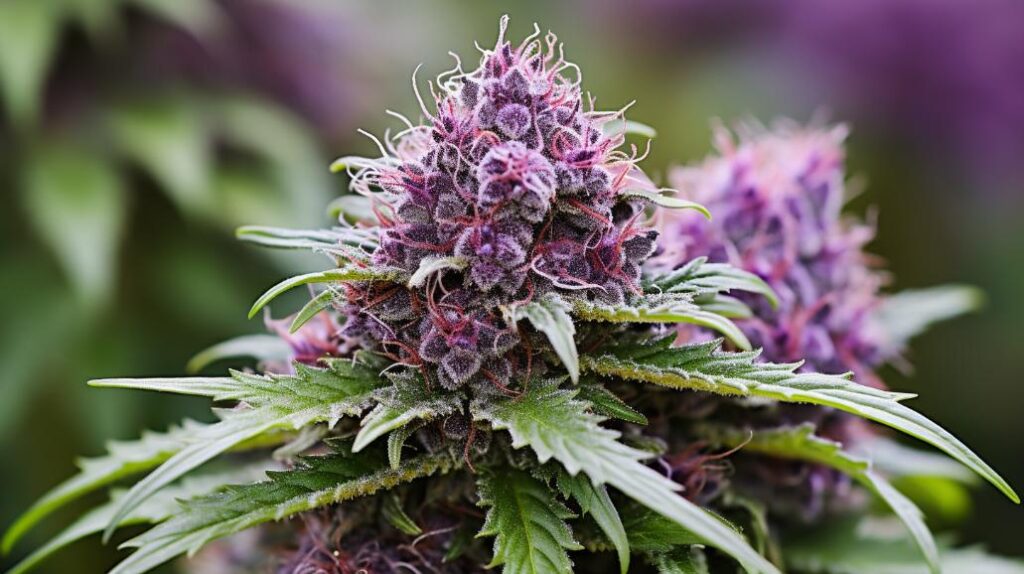
The Black weed strain, distinguished by its almost noir hue and robust THC concentration, presents a remarkable case study in the intersection of botany and therapeutic application. This indica-dominant hybrid, characterized by its sedative properties and a complex terpene profile, has attracted attention not only for its striking appearance but also for its potential in medical contexts, particularly in pain management and sleep disorders. As researchers continue to explore the genetic lineage and best cultivation practices for strains like The Black, the implications for both clinical outcomes and agricultural methodologies remain richly untapped, inviting a more nuanced understanding of its place within the cannabis panorama.
Key Takeaways
- The Black is an indica-dominant hybrid strain with THC levels exceeding 20%, known for its sedative effects.
- It features dark purple to black buds, enhanced by cooler growing conditions, which indicate high anthocyanin content.
- The strain’s terpene profile includes myrcene, caryophyllene, and limonene, contributing to its musky, spicy, and citrusy aroma.
- Medically, it is used to treat insomnia, chronic pain, and muscle spasms due to its strong relaxing properties.
- The Black was developed by BC Bud Depot in the late 1980s, highlighting its long-standing genetic stability and popularity.
Genetic Lineage
The Black weed strain, primarily an indica hybrid, boasts a genetic lineage deeply rooted in the crossbreeding of notable parent strains renowned for their robust therapeutic properties and distinctively dark foliage. This lineage contributes to its high efficacy in pain and stress management, aligning with the characteristics often sought after in medicinal cannabis varieties. The dark purple to black hues that manifest during the flowering phase are indicative of the anthocyanin pigments prevalent in its genetic profile, a common trait among black strains.
Cultivators of The Black value it not only for its therapeutic potential but also for its striking visual appeal which is enhanced under cooler growing conditions. This pigment transformation is a phenotypical expression linked to the plant’s genetic response to environmental stressors such as temperature fluctuations. The cultivation process, hence, requires a meticulous approach to temperature control to achieve the desired foliage coloration and to optimize the plant’s medicinal properties.
The focus on these black strains in breeding programs highlights a trend towards developing varieties with specific therapeutic outcomes and aesthetic qualities, making The Black a prime example of successful hybridization aimed at meeting specific patient needs while also appealing to connoisseurs of unique cannabis appearances.
THC/CBD Content
With a THC level exceeding 20%, The Black strain is recognized for its potent psychoactive and therapeutic effects. Mainly cultivated by enthusiasts of high THC strains, The Black is a top choice from the Bud Depot. This strain is a product of meticulous breeding, primarily focusing on amplifying the THC content while maintaining a minimal CBD profile. As a result, the CBD content in The Black rarely exceeds 1%, which enhances the strain’s ability to deliver profound narcotic effects rather than a balanced cannabinoid profile.
The heavy indica dominance (90%) of The Black contributes greatly to its sedative properties, making it an excellent candidate for late evening use. Cultivators and consumers alike appreciate The Black for its ability to induce deep relaxation and facilitate sleep, attributes directly linked to its high THC concentration. This specific cannabinoid composition is intentional to maximize the therapeutic potential for conditions such as chronic pain and insomnia.
In the cultivation process, attention to genetic stability guarantees that The Black maintains its characteristic high THC levels and low CBD, preserving its reputation as a potent, relaxation-inducing strain within the Bud Depot lineage.
Terpene Profile
Moving beyond its cannabinoid content, The Black strain also features a distinctive terpene profile dominated by myrcene, caryophyllene, and limonene. These terpenes are not merely contributors to aroma and flavor but play essential roles in the cultivation and therapeutic potential of the Black weed strain.
The terpene profile of The Black weed strain can be outlined as follows:
-
Myrcene: This terpene imparts a musky, earthy aroma, which is quintessential to the olfactory signature of The Black strain. Myrcene is the most prevalent terpene in this strain, contributing to the robustness of its cultivation by potentially enhancing the permeability of cell membranes in the cannabis plant, facilitating a more efficient absorption of other terpenes and cannabinoids.
-
Caryophyllene: Known for its spicy and peppery notes, caryophyllene adds complexity to the strain’s aroma. From a cultivation standpoint, its potential anti-inflammatory properties might influence the plant’s resilience against certain environmental stressors, promoting healthier growth cycles.
-
Limonene: This terpene enriches The Black with a crisp, citrusy scent, making it an appealing choice for connoisseurs seeking a fragrant profile. Limonene has been noted to potentially aid in stress relief, which might reflect on the plant’s ability to manage oxidative stress, thereby influencing its overall vitality and yield.
Effects
Users of The Black strain typically report pronounced sedative effects, which facilitate relaxation and sleep, making it particularly effective for evening use. This phenotype is characterized by its high levels of myrcene and caryophyllene, terpenes known for their potent sedative properties, aligning well with the strain’s relaxation-inducing effects. These terpenes, in synergy with the strain’s unique cannabinoid profile, contribute to its strong calming influence, particularly useful in a horticultural context where stability in effect is essential.
Moreover, consumers have noted that The Black induces significant feelings of hunger, a feature that can be traced back to its genetic composition and cultivation conditions. This aspect of the strain’s effect profile is particularly notable when considering the plant’s exposure to specific light wavelengths during the flowering phase, which can intensify certain physiological responses.
However, it is vital to take into account the potential adverse effects, such as dry mouth and feelings of anxiety, which some users report. These reactions are typically associated with higher concentrations of THC, which is prevalent in The Black. Cultivators aiming to moderate these negative effects might adjust growing conditions, such as humidity and temperature, to alter cannabinoid synthesis towards a more balanced THC to CBD ratio.
Medical Uses
The Black strain is frequently recommended by medical professionals for its efficacy in treating conditions such as insomnia, chronic pain, and muscle spasms. This variety of cannabis, with its strong indica genetics, is known for producing a deep and powerful sense of relaxation, making it highly effective in the medical context.
Here are some specific medical uses of The Black strain:
-
Insomnia and Nightmares: The sedative properties of The Black help in calming the mind and inducing a state of deep sleep, thereby assisting those suffering from insomnia and disturbing nightmares.
-
Chronic Pain Relief: Thanks to its potent analgesic effects, The Black provides significant relief from chronic pain conditions such as arthritis, fibromyalgia, and back pain. Its cannabinoids interact with pain receptors in the brain to reduce perceived pain sensations.
-
Muscle Spasms: Patients with muscle spasms benefit from the muscle relaxant properties of this strain, which help in alleviating uncontrollable muscle movements and associated pain.
Cultivation of The Black focuses on enhancing these therapeutic traits, with growers aiming to maximize cannabinoid profiles that contribute to its effectiveness. The care in cultivation ensures consistent delivery of its medical benefits, solidifying its role as a reliable option for patients seeking natural alternatives.
Flavor and Aroma
Beyond its medical applications, The Black strain is distinguished by its unique flavor profile, characterized by an earthy grape taste and an aroma reminiscent of spicy mulled wine. This particular strain exhibits a complex terpene profile that contributes greatly to its distinctive sensory characteristics. The primary terpenes, such as myrcene and linalool, are known for their earthy and floral notes respectively, which complement the inherent fruitiness of the grape undertones.
When handling The Black, users often report the release of a sweet, sticky resin. This resin is rich in aromatic compounds that intensify the olfactory experience, enhancing the already potent aroma of spicy mulled wine. The consistency and composition of this resin suggest a high concentration of cannabinoids and terpenes, optimized through selective breeding to produce the intended flavor and aromatic properties.
Cultivation practices also play a pivotal role in the development of these traits. Growers of The Black strain typically employ techniques aimed at enriching the soil and optimizing light exposure to maximize terpene production. Such methods ensure that the dark purple buds develop their full aromatic potential, offering a deeply immersive experience both in flavor and scent.
Appearance
Distinguished by its visually striking dark purple hues, The Black strain features medium-sized, dense buds enveloped in a frosty coating of purple crystal trichomes. This unique cannabis variety showcases a compelling color palette that not only appeals aesthetically but also indicates a rich profile of phytochemicals present in the plant.
To further elaborate on the appearance:
-
Coloration: The buds of The Black strain display a dark purple, almost black shade, accentuated by the presence of black leaves and vibrant purple hairs. This deep coloration is typically a sign of anthocyanin accumulation, a group of flavonoid pigments that flourish in cooler growing conditions.
-
Bud Structure: The nugs are grape-shaped, compact and exhibit a high density, which makes them quite weighty for their size. Their robust structure is indicative of good health and ideal growing conditions during the cultivation phase.
-
Trichome Coverage: Each bud is thickly dusted with purple crystal trichomes. These glandular structures are not only pivotal for the plant’s survival but are also the main reservoirs for THC, CBD, and other cannabinoids, which greatly influence the potency and therapeutic effects of the strain.
The overall appearance of The Black strain, characterized by its dark foliage and frosty trichomes, highlights its unique genetic makeup and careful cultivation practices.
Grow Information
Cultivating The Black strain requires careful attention to temperature and lighting conditions to enhance its distinctive purple pigmentation and optimize cannabinoid production. Originating from Vancouver Island, this indica-dominant hybrid thrives in cooler climates, which naturally stimulate the development of its characteristic deep purple hue. To achieve best coloration and potency, cultivators must maintain a controlled environment where temperatures slightly drop during the night cycle, mimicking the natural temperate conditions of its native region.
The cultivation process for The Black also demands precise lighting schedules. This strain benefits from a light cycle that includes ample darkness, aligning with its indica genetics which favor less light exposure. A standard approach involves an 18/6 light schedule during vegetative growth, shifting to a 12/12 cycle to initiate and sustain flowering. This adjustment is not only important for photoperiod but also for triggering the production of higher THC levels, which in this strain exceed 20%.
Additionally, The Black’s robust structure and resilience to cooler temperatures make it a suitable candidate for both indoor and outdoor cultivation. However, indoor environments allow for more controlled conditions, which is essential for growers aiming to maximize both the medicinal and aesthetic qualities of this potent strain.
Adverse Effects
While optimal cultivation practices enhance The Black’s aesthetic and medicinal qualities, users may still encounter adverse effects such as dry mouth and anxious feelings. Despite the strain’s rich, dark appearance and potent therapeutic potential, these side effects are not uncommon in the consumption of black marijuana.
The primary adverse reactions to The Black strain can be summarized as follows:
-
Dry Mouth: This is frequently reported among users. It is advisable to maintain hydration by drinking plenty of fluids before, during, and after consumption. The xerostomia typically associated with cannabinoid interaction in the salivary glands can be mitigated with this simple precaution.
-
Anxious Feelings: While The Black is often sought after for its calming effects, some individuals may experience heightened anxiety. This paradoxical reaction, possibly linked to THC sensitivity, underscores the importance of dosing appropriately and creating a comfortable setting for consumption.
-
Dry Eyes: This is another common effect linked with the use of black marijuana. Utilizing lubricating eye drops can help alleviate discomfort caused by reduced tear production, enhancing the overall experience.
To minimize these adverse effects, it is important to adjust the environment and preparation when using The Black strain. This approach helps in leveraging the beneficial properties while addressing the manageable side effects.
Comparisons with Similar Strains
The Black strain, mostly indica, shares several therapeutic characteristics with other strains like Granddaddy Purple and Northern Lights, yet it stands out due to its unique flavor profile and high efficacy in treating specific ailments such as insomnia and pain. Like The Black, Granddaddy Purple is mainly indica, known for its sedative effects which aid in combating insomnia and chronic pain. However, while Granddaddy Purple offers a fruity, berry aroma, The Black presents a distinctively tea-like, woody, and spicy/herbal scent, enriching the user’s sensory experience and potentially enhancing the strain’s therapeutic effects.
Similarly, Northern Lights, another chiefly indica strain, also targets symptoms of pain and stress but does so with a flavor profile that leans more towards earthy and pine notes. The Black, with its unique terpene composition, might offer an alternative for those who prefer more complex and less traditional flavors in their cannabis selection.
This specificity in flavor and effect suggests why 45% of users report The Black as beneficial for issues like insomnia and pain, highlighting its role in targeted symptom management. Its distinct qualities set it apart in the medicinal cannabis market, optimizing patient outcomes through tailored cannabinoid profiles and terpene synergies.
Research and Studies
Recent studies have explored the pharmacological properties of The Black, revealing its potent effects on insomnia and chronic pain through its high THC concentration and specific terpene profile. The research highlights how this indica-dominant hybrid effectively manages these conditions due to its unique chemical makeup.
The primary findings from these studies include:
-
High THC Content: The Black’s THC level exceeds 20%, which notably contributes to its sedative qualities. This elevated concentration plays a crucial role in its ability to reduce pain perception and aid in sleep induction.
-
Terpene Profile: The terpenes present in The Black, such as myrcene and linalool, are recognized for their calming effects and ability to enhance the sedative properties of THC. This synergy between terpenes and cannabinoids amplifies the strain’s therapeutic potentials.
-
Patient Feedback: Clinical observations and user testimonials consistently report a high degree of satisfaction with The Black’s effectiveness in managing symptoms of chronic pain and insomnia, with minimal adverse effects like paranoia or anxiety.
These studies underscore the importance of selective breeding and cultivation practices in enhancing specific therapeutic outcomes. Further research could continue to optimize and tailor cannabis strains like The Black for more targeted medicinal applications.
History and Origin
Often disregarded in discussions of cannabis genetics, The Black was initially bred by BC Bud Depot in the late 1980s, marking a significant development in the cultivation of indica strains. This potent indica-dominant hybrid emerged from the crossbreeding of undisclosed parent strains, a common practice aimed at enhancing specific desirable traits in the resulting cultivar.
The Black exhibits a strikingly unique phenotype, characterized mainly by its dark purple to almost black hues during the flowering phase. This distinctive coloration is a result of the plant’s adaptive response to its growing environment, coupled with selective breeding to accentuate its deep, rich tones.
Originating from a collaboration between growers in the United States and Canada, The Black was developed with a focus on maximizing its therapeutic potentials. As a 90% indica strain, it is particularly noted for its efficacy in pain management and as a sleeping aid, addressing a significant need within medical cannabis communities.
The development and stabilization of The Black’s genetics represent a critical juncture in the evolution of cannabis strains tailored for specific medical conditions, showcasing the intricate interplay between genetic heritage and horticultural innovation.
Frequently Asked Questions
What Weed Strain Is Black?
In cannabis cultivation, color genetics can lead to strains exhibiting unique hues. One such variety, known for its deep, dark coloration reminiscent of black, is appropriately named "The Black." This strain is indica-dominant.
What Does It Mean When the Weed Is Black?
When cannabis exhibits a black hue, it typically signifies high concentrations of anthocyanins due to specific cultivation conditions like cooler temperatures. This coloration does not necessarily impact the strain’s potency or aromatic profile.
What Is the Rarest Strain of Weed?
The rarest variety of weed typically exhibits unique genetic diversity, often grown under specific conditions to enhance its distinctive properties. Such strains are valuable for research and advancing cultivation techniques in diverse environments.
Is Darker Weed Sativa or Indica?
Color influence on cannabis does not definitively determine whether a strain is sativa or indica. Darker hues often suggest indica dominance due to specific cultivation conditions and genetic factors influencing pigment production.

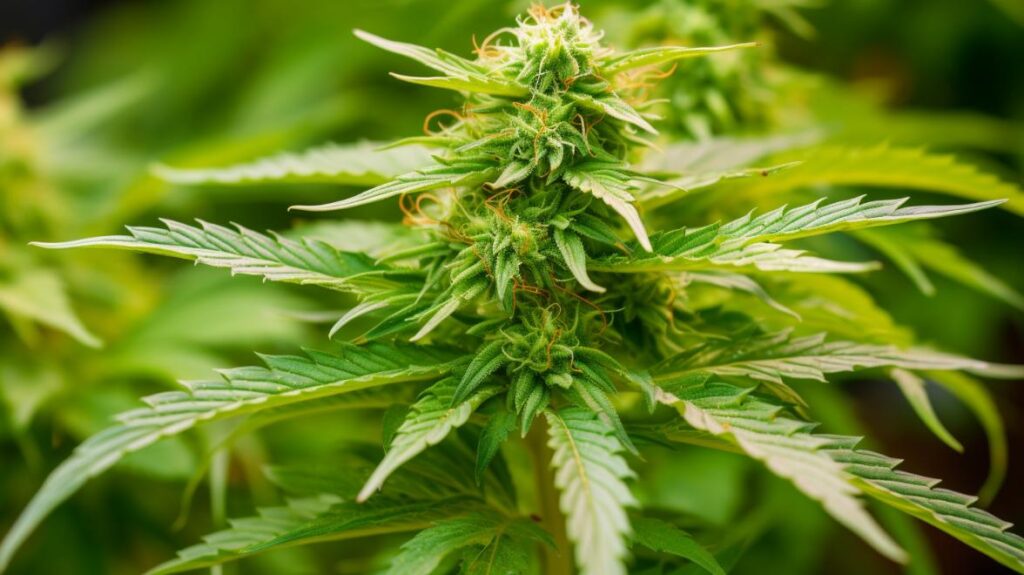
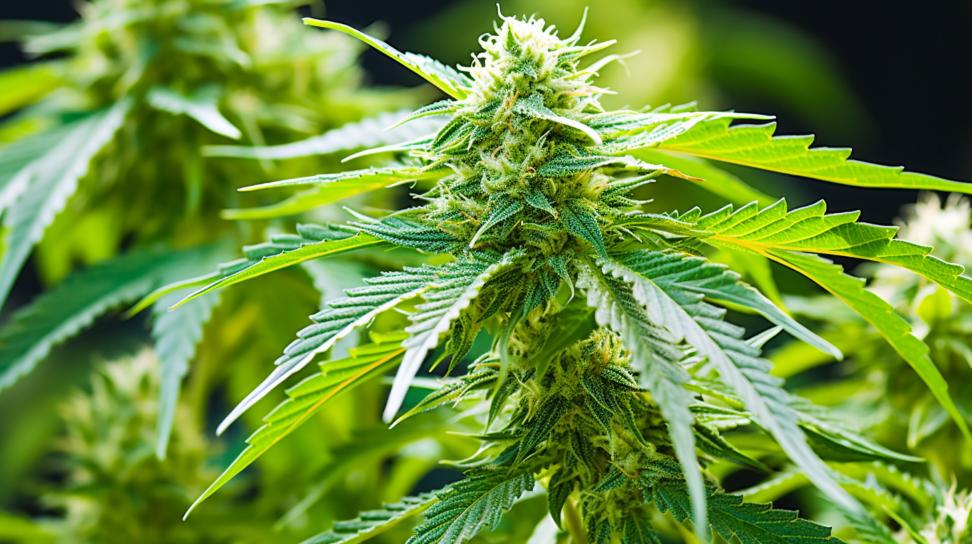

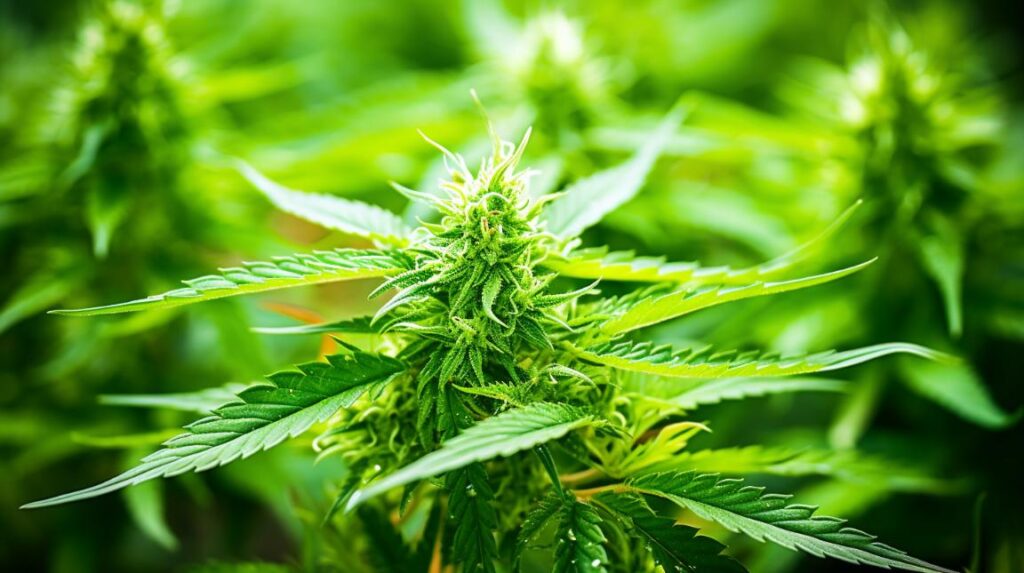
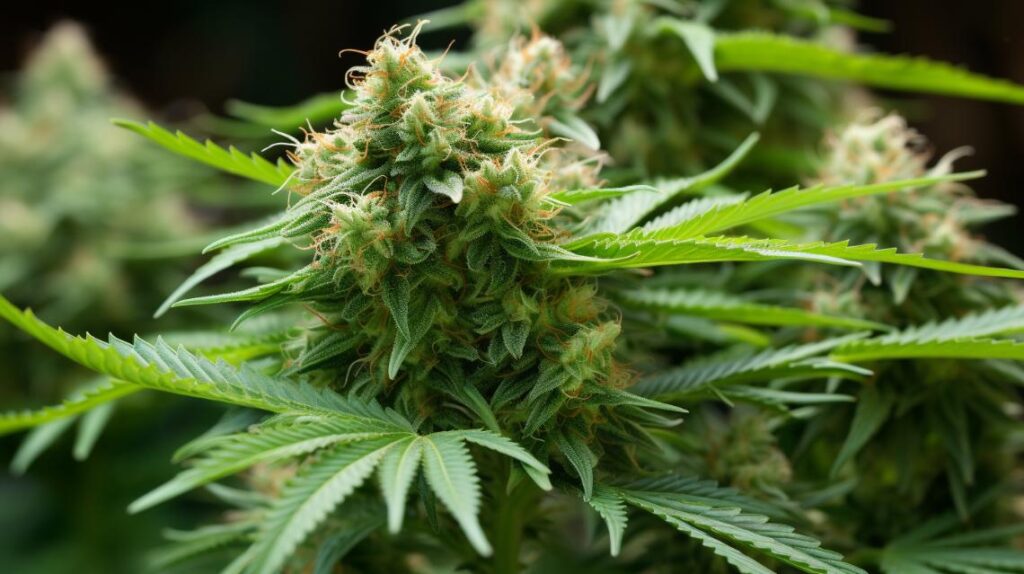

Responses